1. Avouac J, Drumez E, Hachulla E, Seror R, Georgin-Lavialle S, El Mahou S, et al. COVID-19 outcomes in patients with inflammatory rheumatic and musculoskeletal diseases treated with rituximab: a cohort study. Lancet Rheumatol. 2021; 3(6):e419–e426. PMID:
33786454.
2. Chattopadhyay A, Mishra D, Sharma V, Naidu GSK, Sharma A. Coronavirus disease-19 and rheumatological disorders: a narrative review. Indian J Rheumatol. 2020; 15(2):122–129.
3. Williamson EJ, Walker AJ, Bhaskaran K, Bacon S, Bates C, Morton CE, et al. Factors associated with COVID-19-related death using OpenSAFELY. Nature. 2020; 584(7281):430–436. PMID:
32640463.
4. Cordtz R, Lindhardsen J, Soussi BG, Vela J, Uhrenholt L, Westermann R, et al. Incidence and severeness of COVID-19 hospitalization in patients with inflammatory rheumatic disease: a nationwide cohort study from Denmark. Rheumatology (Oxford). 2021; 60(SI):SI59–SI67. PMID:
33369663.
5. D’Silva KM, Jorge A, Cohen A, McCormick N, Zhang Y, Wallace ZS, et al. COVID-19 outcomes in patients with systemic autoimmune rheumatic diseases compared to the general population: a US multicenter, comparative cohort study. Arthritis Rheumatol. 2021; 73(6):914–920. PMID:
33305544.
6. Gianfrancesco M, Hyrich KL, Al-Adely S, Carmona L, Danila MI, Gossec L, et al. Characteristics associated with hospitalisation for COVID-19 in people with rheumatic disease: data from the COVID-19 Global Rheumatology Alliance physician-reported registry. Ann Rheum Dis. 2020; 79(7):859–866. PMID:
32471903.
7. Peach E, Rutter M, Lanyon P, Grainge MJ, Hubbard R, Aston J, et al. Risk of death among people with rare autoimmune diseases compared with the general population in England during the 2020 COVID-19 pandemic. Rheumatology (Oxford). 2021; 60(4):1902–1909. PMID:
33271595.
8. Raiker R, Pakhchanian H, Kavadichanda C, Gupta L, Kardeş S, Ahmed S. Axial spondyloarthritis may protect against poor outcomes in COVID-19: propensity score matched analysis of 9766 patients from a nationwide multi-centric research network. Clin Rheumatol. 2022; 41(3):721–730. PMID:
34837569.
9. Kocyigit BF, Akyol A. Reactive arthritis after COVID-19: a case-based review. Rheumatol Int. 2021; 41(11):2031–2039. PMID:
34550429.
10. Bekaryssova D, Yessirkepov M, Zimba O, Gasparyan AY, Ahmed S. Reactive arthritis before and after the onset of the COVID-19 pandemic. Clin Rheumatol. 2022; 41(6):1641–1652. PMID:
35247132.
11. Gupta P, Kharbanda R, Abbasi M, Raj R, Gupta L. Individuals with reactive arthritis suffer from poor health-related quality of life akin to individuals with ankylosing spondylitis: a multigroup study. Indian J Rheumatol. 2022; 17(2):110–117.
12. Jubber A, Moorthy A. Reactive arthritis: a clinical review. J R Coll Physicians Edinb. 2021; 51(3):288–297. PMID:
34528623.
13. Selmi C, Gershwin ME. Diagnosis and classification of reactive arthritis. Autoimmun Rev. 2014; 13(4-5):546–549. PMID:
24418301.
14. Kim HA, Lee E, Park SY, Lee SS, Shin K. Clinical characteristics of patients with psoriatic spondylitis versus those with ankylosing spondylitis: features at baseline before biologic therapy. J Korean Med Sci. 2022; 37(33):e253. PMID:
35996930.
15. Misra R, Gupta L. Epidemiology: time to revisit the concept of reactive arthritis. Nat Rev Rheumatol. 2017; 13(6):327–328. PMID:
28490789.
16. Henrique da Mota LM, Carneiro JN, Lima RA, dos Santos Neto LL, Lima FA. Reactive arthritis in HIV-infected patients: immunopathogenic aspects. Acta Reumatol Port. 2008; 33(3):279–287. PMID:
18846008.
17. Schett G, Manger B, Simon D, Caporali R.. COVID-19 revisiting inflammatory pathways of arthritis. Nat Rev Rheumatol. 2020; 16(8):465–470. PMID:
32561873.
18. Hyun H, Song JY, Seong H, Yoon JG, Noh JY, Cheong HJ, et al. Polyarthralgia and myalgia syndrome after ChAdOx1 nCOV-19 vaccination. J Korean Med Sci. 2021; 36(34):e245. PMID:
34463066.
19. Bekaryssova D, Yessirkepov M, Zimba O, Gasparyan AY, Ahmed S. Revisiting reactive arthritis during the COVID-19 pandemic. Clin Rheumatol. 2022; 41(8):2611–2612. PMID:
35796848.
20. Gaur PS, Zimba O, Agarwal V, Gupta L. Reporting survey based studies - a primer for authors. J Korean Med Sci. 2020; 35(45):e398. PMID:
33230988.
21. Eysenbach G. Improving the quality of Web surveys: the Checklist for Reporting Results of Internet E-Surveys (CHERRIES). J Med Internet Res. 2004; 6(3):e34. PMID:
15471760.
22. Cheeti A, Chakraborty RK, Ramphul K. Reactive arthritis. StatPearls. Treasure Island, FL, USA: StatPearls Publishing;2022.
23. Taniguchi Y, Nishikawa H, Yoshida T, Terada Y, Tada K, Tamura N, et al. Expanding the spectrum of reactive arthritis (ReA): classic ReA and infection-related arthritis including poststreptococcal ReA, Poncet’s disease, and iBCG-induced ReA. Rheumatol Int. 2021; 41(8):1387–1398. PMID:
33939015.
24. Zeidler H, Hudson AP. Quo vadis reactive arthritis? Curr Opin Rheumatol. 2022; 34(4):218–224. PMID:
35699331.
25. Zeidler H, Hudson AP. Reactive arthritis update: spotlight on new and rare infectious agents implicated as pathogens. Curr Rheumatol Rep. 2021; 23(7):53. PMID:
34196842.
26. Wendling D, Prati C, Chouk M, Verhoeven F. Reactive arthritis: treatment challenges and future perspectives. Curr Rheumatol Rep. 2020; 22(7):29. PMID:
32458153.
27. Braun J, Kingsley G, van der Heijde D, Sieper J. On the difficulties of establishing a consensus on the definition of and diagnostic investigations for reactive arthritis. Results and discussion of a questionnaire prepared for the 4th International Workshop on Reactive Arthritis, Berlin, Germany, July 3-6, 1999. J Rheumatol. 2000; 27(9):2185–2192. PMID:
10990232.
28. Ahmed S, Anirvan P. Top central asian educational institutions on Publons: analysis of researchers and reviewers. J Korean Med Sci. 2021; 36(21):e144. PMID:
34060259.
29. Gasparyan AY, Ayvazyan L, Mukanova U, Yessirkepov M, Kitas GD. Scientific hypotheses: writing, promoting, and predicting implications. J Korean Med Sci. 2019; 34(45):e300. PMID:
31760713.
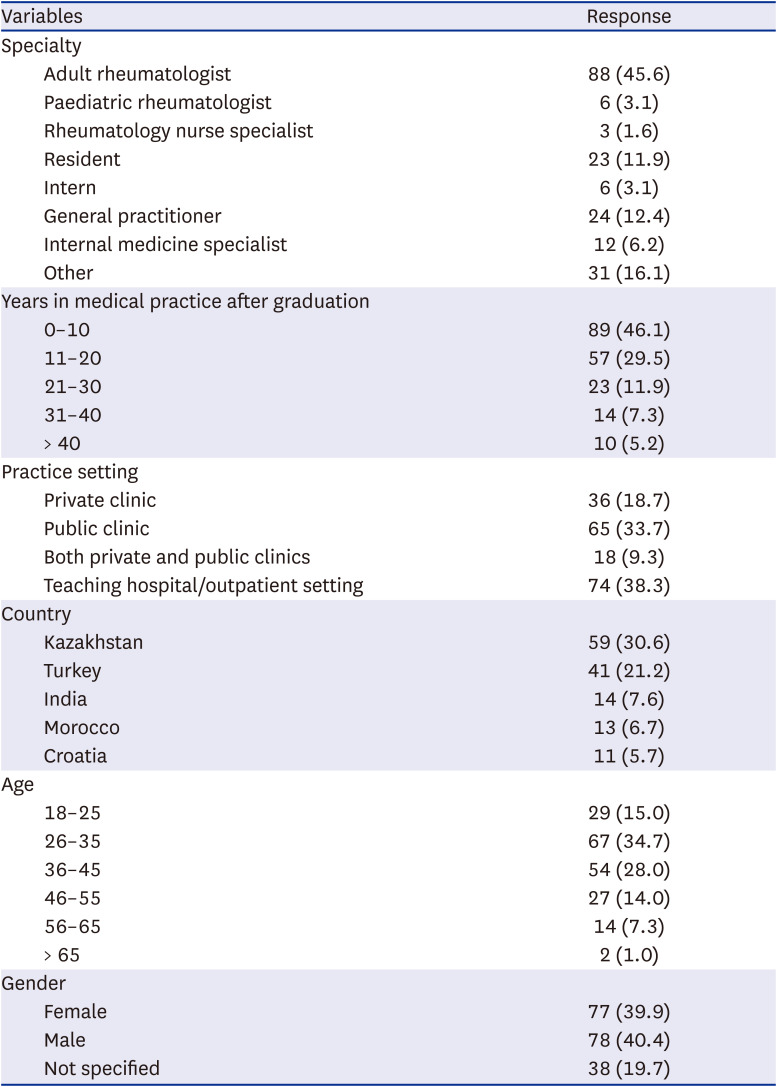

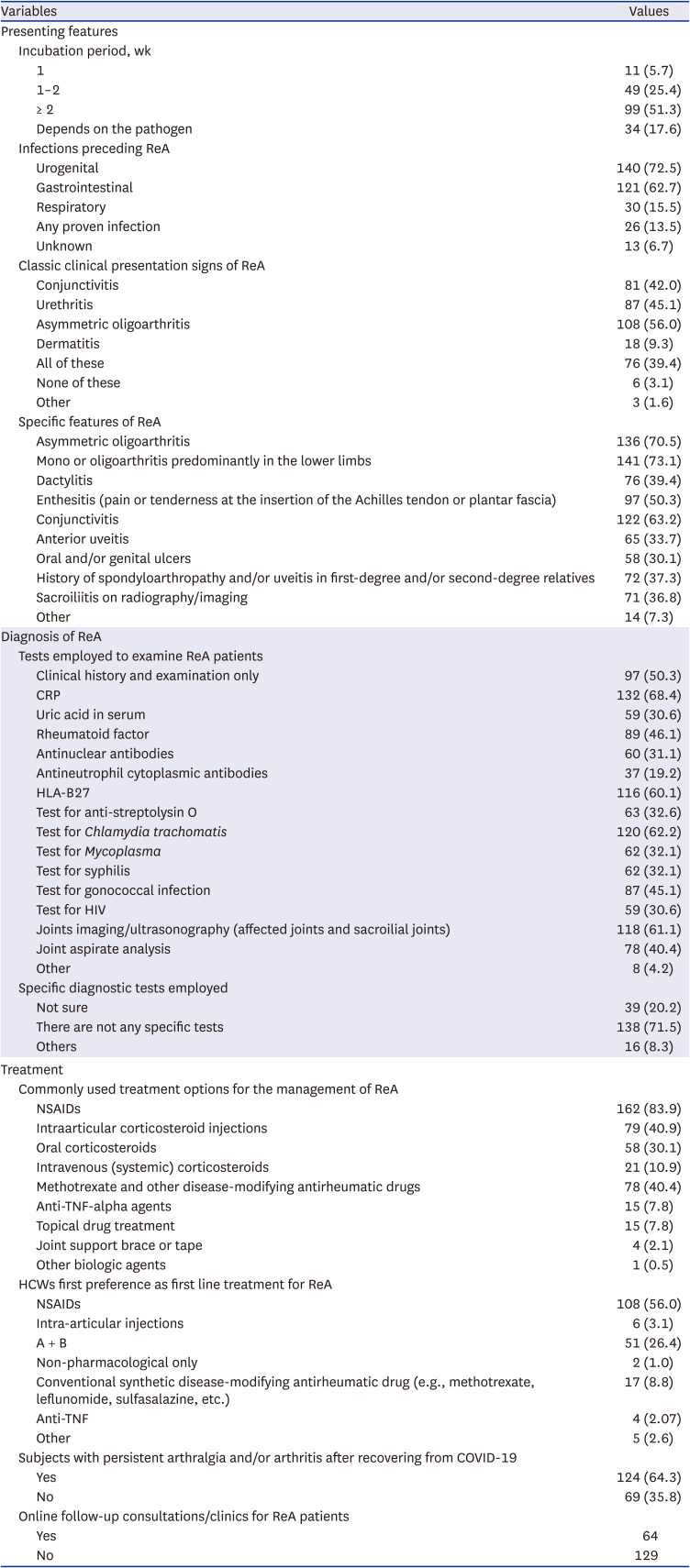
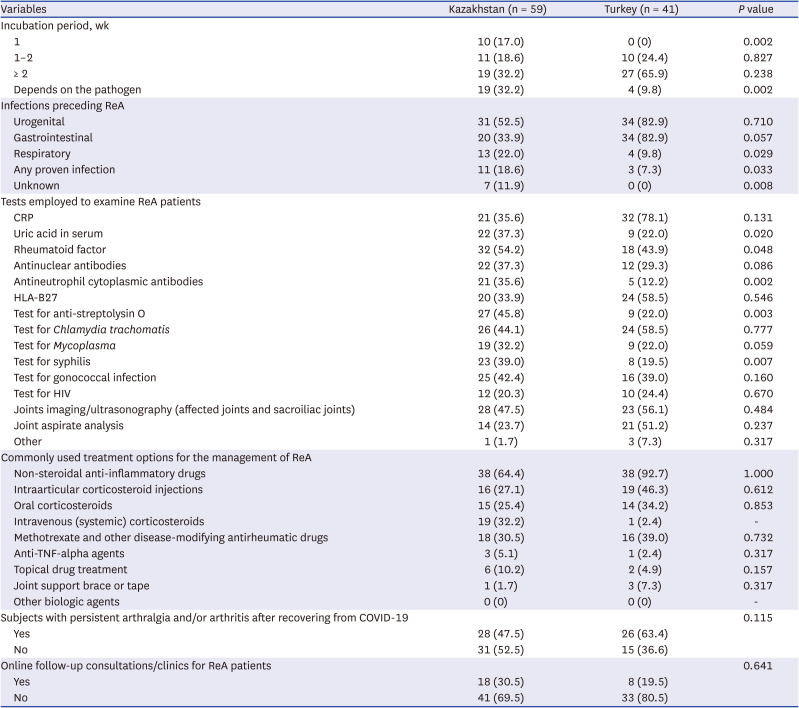




 PDF
PDF Citation
Citation Print
Print



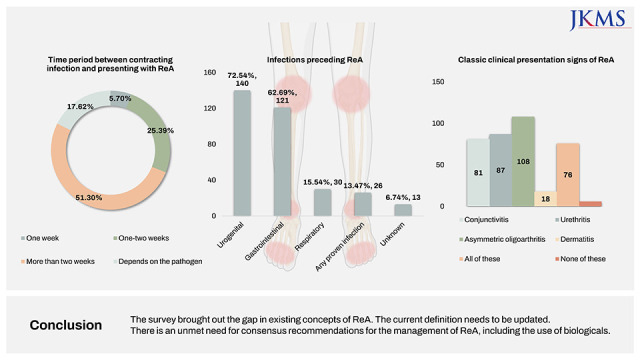
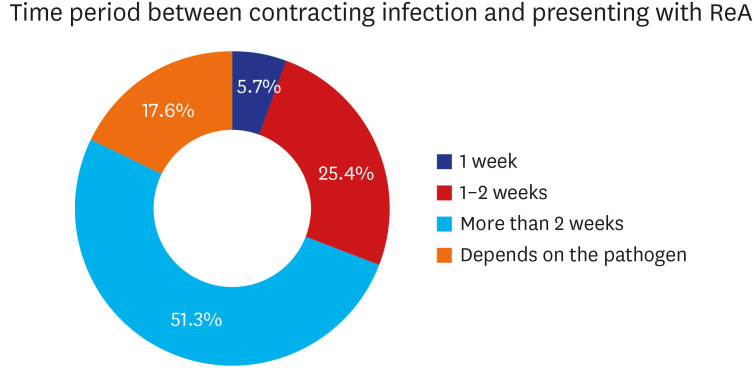
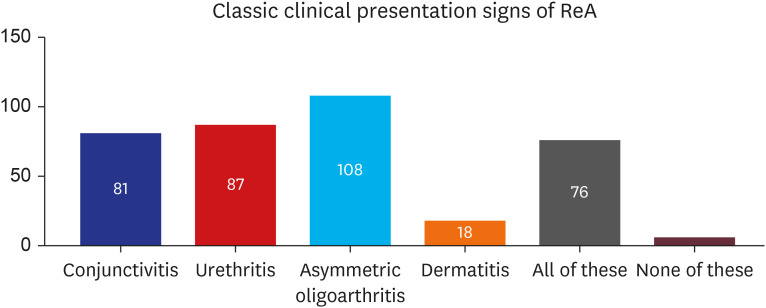
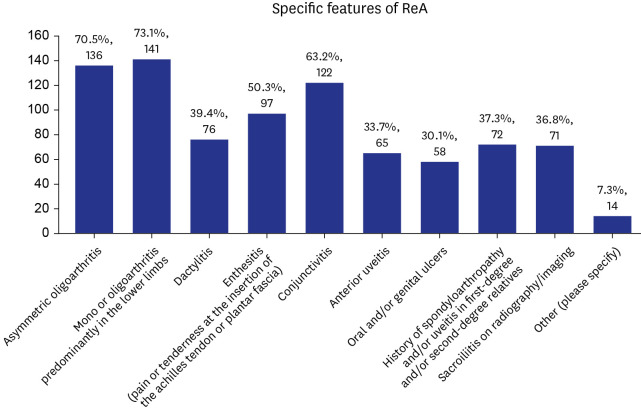
 XML Download
XML Download